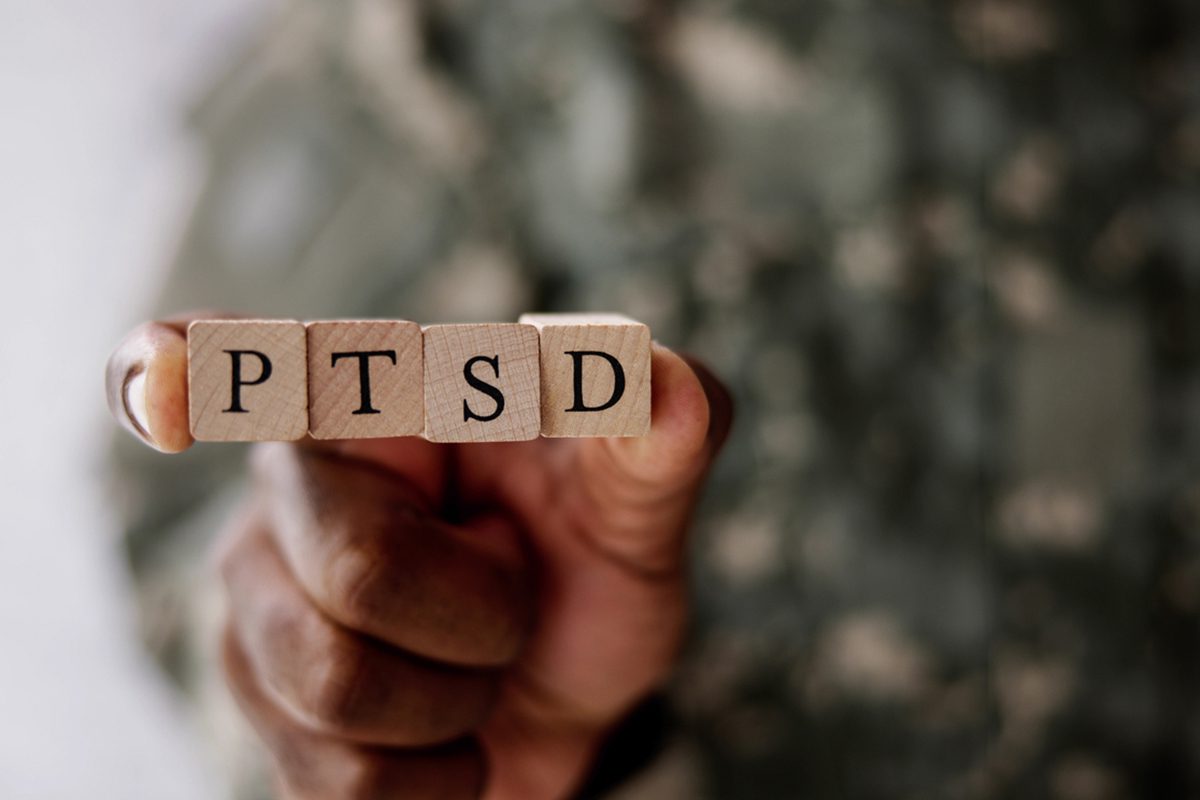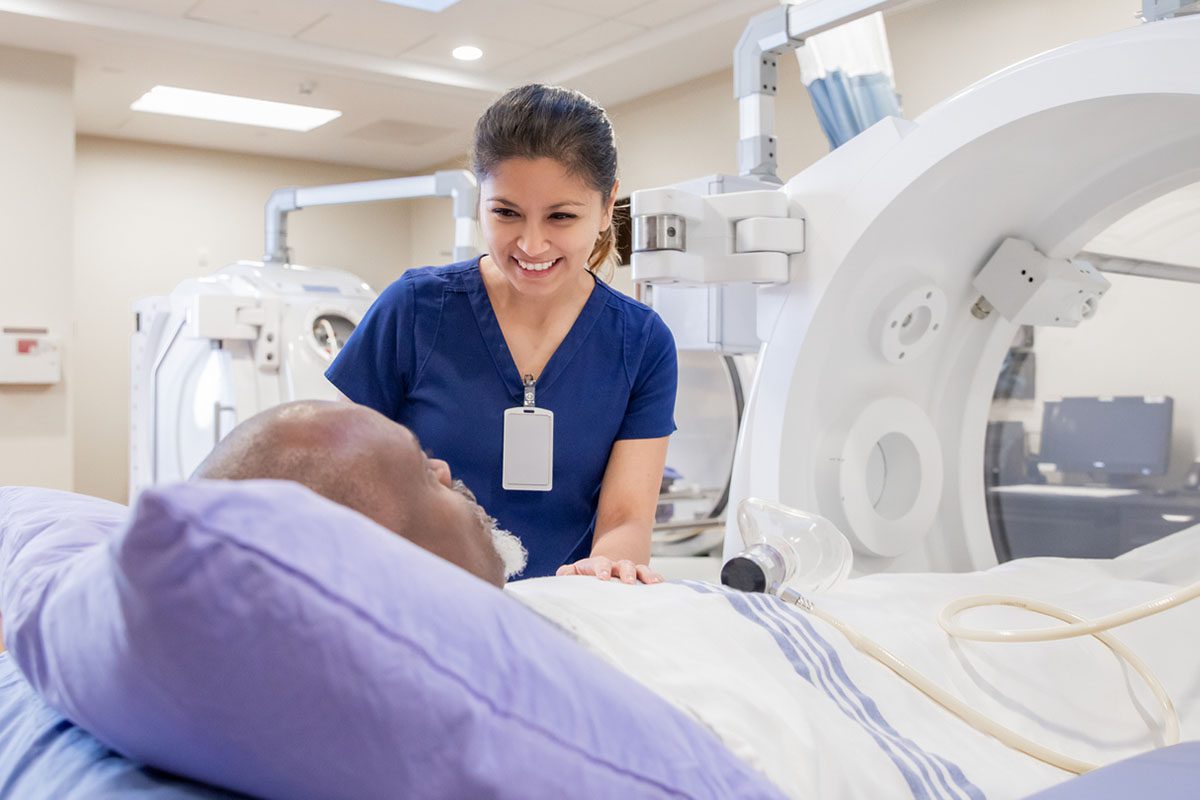Background: This study examines the trajectories of posttraumatic stress disorder (PTSD) following myocardial infarction (MI). More specifically, it has 2 aims: (1) to examine whether the trajectory of PTSD is predicted by level of threat and the nature of initial reactions and (2) to examine the associations between the trajectory of PTSD and anxiety, somatization, health-related quality of life, and hospitalization 7 months following MI.
Method: 116 MI patients were examined twice. At time 1, within a week of the patient’s MI, acute stress disorder (ASD) was assessed and medical measures were obtained from patients’ hospital records. At time 2, 7 months later, PTSD, anxiety, physical residuals, and health-related quality of life were assessed. Data were gathered in 1999.
Results: Six percent of the respondents had both ASD and PTSD, 10% did not have ASD but did have PTSD, and 12% had ASD but not PTSD. The trajectory of PTSD was associated with severity of anxiety, somatic complaints, and health-related quality of life. In addition, while the severity of MI did not predict the trajectory of PTSD, the perceived severity did. Patients without PTSD but with prior ASD did not differ in their initial reactions from those without ASD.
Conclusion: These findings provide support for the considerable variability in the trajectory of the development of PTSD and suggest that although ASD is associated with subsequent PTSD, the predictive role of initial reactions is limited.
Please sign in or purchase this PDF for $40.00.




